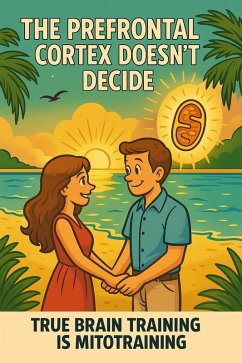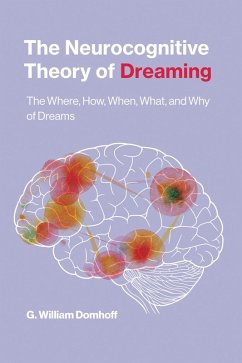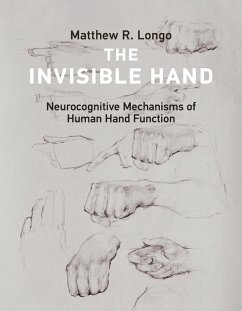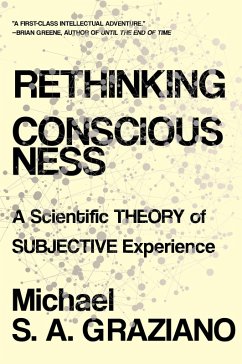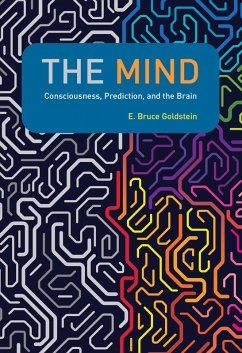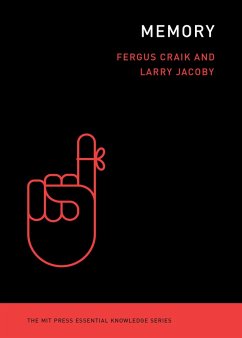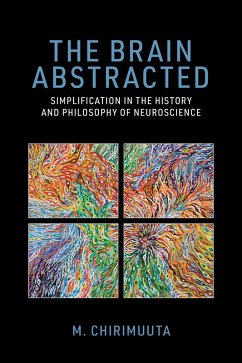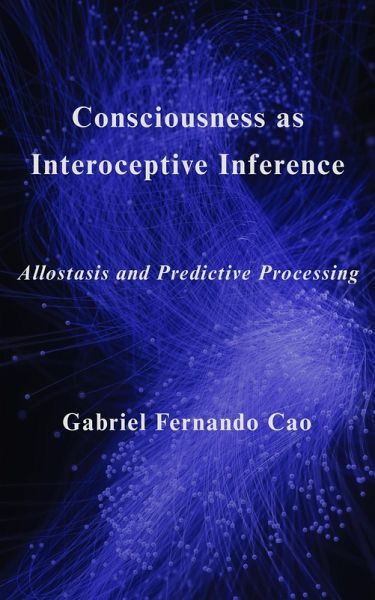
Consciousness as Interoceptive Inference. Allostasis and Predictive Processing. (eBook, ePUB)

PAYBACK Punkte
0 °P sammeln!
What is it like to be a living body with a mind? This book advances a thesis: consciousness is best understood as embodied inference. The brain does not merely register the world; it continuously predicts and regulates the body's internal milieu, and subjective experience is intimately tied to these interoceptive predictions and their consequences. Interoception is the sensing and inference of bodily states; allostasis is their proactive regulation; predictive processing is the computational principle that unifies perception, action, and learning under uncertainty.The perspective developed her...
What is it like to be a living body with a mind? This book advances a thesis: consciousness is best understood as embodied inference. The brain does not merely register the world; it continuously predicts and regulates the body's internal milieu, and subjective experience is intimately tied to these interoceptive predictions and their consequences. Interoception is the sensing and inference of bodily states; allostasis is their proactive regulation; predictive processing is the computational principle that unifies perception, action, and learning under uncertainty.
The perspective developed here integrates three claims:
The brain is an information-processing organ that encodes and transforms signals via spikes, synapses, and rhythms (Chapter 1).
The body is not a peripheral afterthought: its signals, hormones, and immune mediators are central to the construction of feeling, motivation, and the self (Chapter 2).
Conscious experience emerges from multi-level inference that is constrained by anatomy, energetics, and culture, and is regulated by neuromodulatory control of precision (gain). Over the last two decades, converging lines of evidence have reshaped how we think about mind and brain:
Predictive processing and active inference provide a coherent computational language for perception, action, and learning.
Interoception and allostasis have moved from the periphery to centre stage, linking bodily regulation to affect, cognition, and self.
Systems neuroscience has mapped frequency-specific channels for feedforward/feedback communication and dynamic large-scale coordination.
Markers of conscious level and contentcomplexity, entropy, and perturbational measuresnow allow quantitative comparisons across sleep, anaesthesia, psychedelics, and disorders of consciousness.
This book is explanatory rather than metaphysical. It does not "solve" the so-called hard problem; instead, it offers a mechanistic account of the conditions under which conscious states arise and vary, grounded in embodied control and inference. Predictive processing is treated as a unifying framework, not dogma; it is complemented by workspace-style accounts of global access and by quantitative system-level tools (e.g., complexity and information-decomposition) that make "greater than the sum of parts" precise. Integrated information theory (IIT) offers a complementary formalism linking integration and phenomenology. Where views diverge, the emphasis here is on testable overlap.
The perspective developed here integrates three claims:
The brain is an information-processing organ that encodes and transforms signals via spikes, synapses, and rhythms (Chapter 1).
The body is not a peripheral afterthought: its signals, hormones, and immune mediators are central to the construction of feeling, motivation, and the self (Chapter 2).
Conscious experience emerges from multi-level inference that is constrained by anatomy, energetics, and culture, and is regulated by neuromodulatory control of precision (gain). Over the last two decades, converging lines of evidence have reshaped how we think about mind and brain:
Predictive processing and active inference provide a coherent computational language for perception, action, and learning.
Interoception and allostasis have moved from the periphery to centre stage, linking bodily regulation to affect, cognition, and self.
Systems neuroscience has mapped frequency-specific channels for feedforward/feedback communication and dynamic large-scale coordination.
Markers of conscious level and contentcomplexity, entropy, and perturbational measuresnow allow quantitative comparisons across sleep, anaesthesia, psychedelics, and disorders of consciousness.
This book is explanatory rather than metaphysical. It does not "solve" the so-called hard problem; instead, it offers a mechanistic account of the conditions under which conscious states arise and vary, grounded in embodied control and inference. Predictive processing is treated as a unifying framework, not dogma; it is complemented by workspace-style accounts of global access and by quantitative system-level tools (e.g., complexity and information-decomposition) that make "greater than the sum of parts" precise. Integrated information theory (IIT) offers a complementary formalism linking integration and phenomenology. Where views diverge, the emphasis here is on testable overlap.
Dieser Download kann aus rechtlichen Gründen nur mit Rechnungsadresse in A, B, CY, CZ, D, DK, EW, E, FIN, F, GR, H, IRL, I, LT, L, LR, M, NL, PL, P, R, S, SLO, SK ausgeliefert werden.




